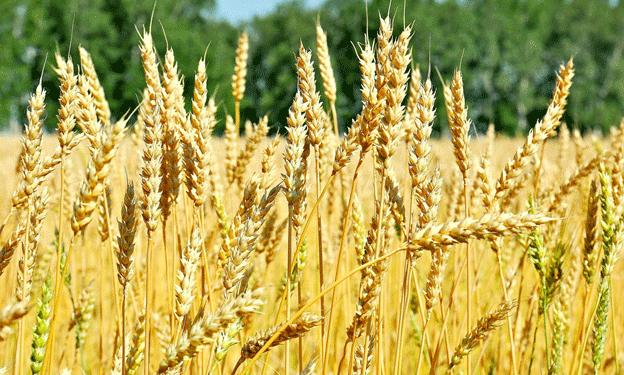The Altai region, known as one of Russia’s critical agricultural hubs, reached a significant milestone in its 2024 harvest season. By September 3, the region had completed the harvest on over 30% of its grain and legume crop areas, producing over 2 million tons of grain. Wheat, which is a cornerstone of Altai’s agriculture, accounted for more than 1.1 million tons of this total.
Breakdown of Wheat Quality in the Altai Region
Quality assessments conducted by the Altai branch of the Federal State Budgetary Institution (FSBI) “Grain Quality Assessment Center” revealed that nearly 500,000 tons of the harvested wheat have undergone analysis. The results show that:
- 66% of the wheat belongs to the 3rd class (high-quality milling wheat)
- 28% falls into the 4th class (food-grade wheat)
- 6% is classified as 5th class (feed grain)
These figures point to a relatively strong performance in terms of wheat quality, particularly with 66% of the wheat meeting the high standards required for milling. The regions of Shipunovo, Tselinnoye, Ust-Kalmanka, Smolenskoye, Sovetskoye, Pervomaiskoye, Zavialovo, Baevka, and Blagoveshchenka emerged as leaders in producing top-quality wheat, with over 80% of the wheat harvested in these areas classified as 3rd class.
Implications for Farmers and the Agricultural Sector
The strong showing of 3rd class wheat in the Altai region is a positive indicator for the agricultural sector, as this class of wheat commands a higher price on the market due to its suitability for flour production. With 28% of the wheat also falling into the 4th class, there is a considerable volume of food-grade wheat that can cater to domestic and international markets, further supporting the region’s agricultural economy.
However, the presence of 6% feed-grade wheat highlights the variability in crop quality across the region, which could impact some farmers depending on their focus and market connections. The feed wheat market typically generates lower returns than higher-grade wheat, emphasizing the importance of effective quality management and processing techniques to maximize profitability.
Looking Ahead: Challenges and Opportunities
As the Altai region continues its harvest, maintaining the balance between yield and quality will be crucial. Weather patterns, soil health, and farming practices all play critical roles in determining the outcomes of the remaining 70% of the crop still to be harvested.
The early results from the Altai region indicate that despite some challenges, the region’s wheat harvest is off to a strong start. The emphasis on producing high-quality wheat, particularly in key areas, provides a solid foundation for the rest of the harvest season. With global wheat prices fluctuating, the ability to deliver high-grade milling wheat could offer Altai farmers a competitive edge in both domestic and international markets.
The Altai region’s wheat harvest in 2024 reflects a blend of opportunity and challenge. The dominance of 3rd class wheat is a positive sign, suggesting that the region is well-positioned to meet market demands for high-quality wheat. However, the variability in wheat quality underscores the need for ongoing innovation and support for farmers to ensure consistent yields and profitability. As the harvest continues, all eyes will be on how the region navigates the final stages of its grain collection and the strategies it employs to maximize both yield and quality.
Error





